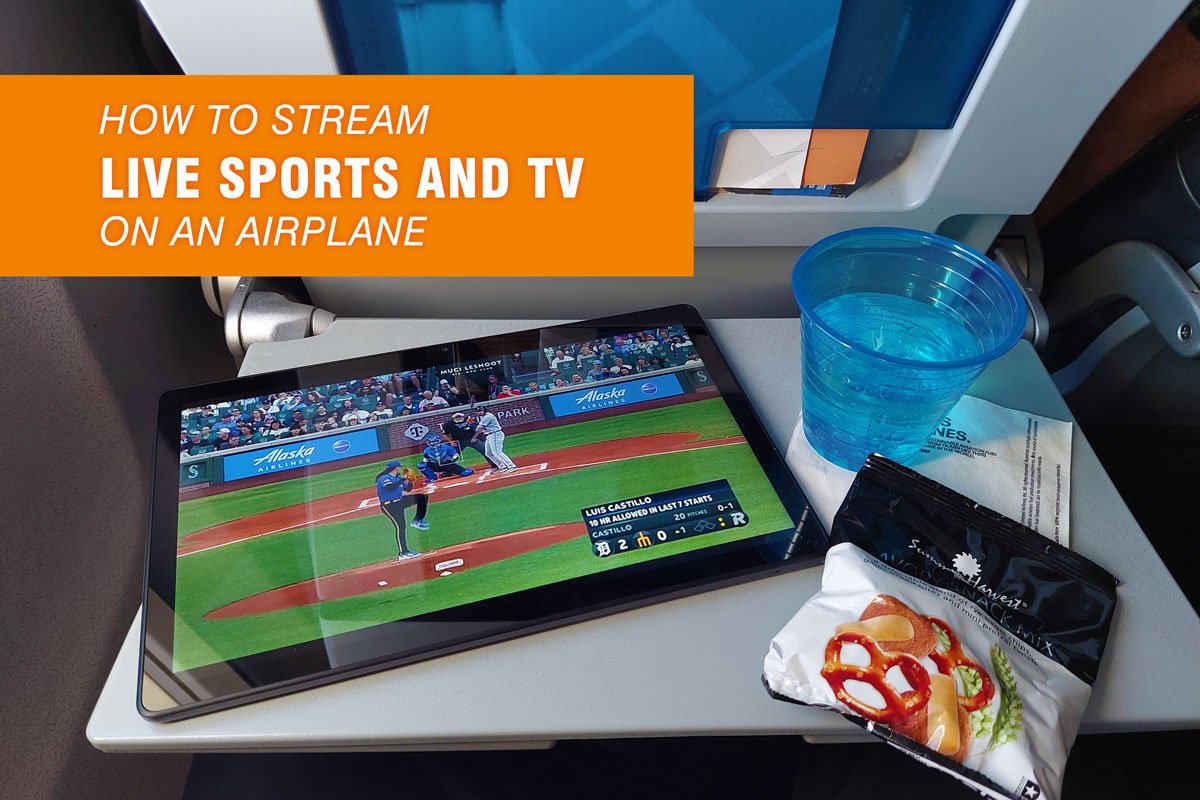Spirit terminates Frontier merger, agrees to JetBlue buyout: The implications
On July 28, 2022, Spirit Airlines agreed to be acquired by JetBlue, forgoing its proposed merger with Frontier Airlines.
Image: YES Market Media/Shutterstock.com
Mega ultra-low cost carrier no more. The merger deal announced between Denver-based Frontier Airlines and Miramar, FL-based Spirit Airlines, the nation’s two largest ultra-low cost carriers, is officially dead.
Creating an Ultra-Low Cost Powerhouse
The original deal between Frontier and Spirit was announced in February 2022 and would have combined the companies into the nation’s fifth largest airline, surpassing Alaska Airlines, and creating an ultra-low cost carrier powerhouse.
The merger announcement sent chills through the industry, leaving many wondering how an ultra-low cost behemoth, with a true national scale, would alter the landscape as a formidable discount carrier competing against the United States’ “Big 4” airlines, American, United, Delta, and Southwest, as well as smaller competitors, Alaska and JetBlue.
While the ultra-low cost carrier business model – with its no-frills ala carte pricing, perception of nickel and diming, limited cabin amenities, spotty customer service, and sometimes unreliable operations – certainly has as many fans as it does detractors. However, one has to acknowledge that the rise of ULCCs around the country was very real.
In recent years, the nation’s legacy and low-cost carriers had recognized the threat of the ultra-low cost model, and introduced bare-bones Basic Economy fares to remain competitive and stave off the segment’s inevitable growth.
A Frontier Airlines-Spirit Airlines merger, would have formed an ultra-low cost carrier powerhouse.
Image: Don Mammoser/Shutterstock.com
Everything about the proposed merger between Frontier and Spirit appeared to make sense on paper – the two airlines were virtual blueprints of one another, sharing the same revenue and cost model, utilizing the same Airbus A320 and A321 fleets, targeting the same customer segment, and flying complementary route networks.
It seemed like a winning combination, for better or worse.
The merger seemed to be on track, for a couple months at least.
Tug of war for Spirit Airlines
In a surprise announcement on April 6, 2022, New York-based JetBlue Airways joined the table, announcing an unsolicited, $3.6 billion competing bid to acquire Spirit Airlines.
The difference was that this offer would not be merger. JetBlue would flat-out buy the airline for its planes, routes, and employees, essentially absorbing Spirit’s assets to scale up its own business and doing away with Spirit’s brand, business model, and culture.
Rather than growing organically, JetBlue needed to grow through acquisition. Largely focused on the East Coast, JetBlue has been facing increasing pressure to size up in recent years, especially after its failed bid to acquire one of its West Coast rivals, Virgin America, in 2016. After entering a bidding war with Seattle-based Alaska Airlines, Virgin America was ultimately acquired by Alaska for $2.6 billion.
Fast forward six years to 2022, JetBlue entered another bidding war.
Despite JetBlue having a more financially lucrative offer for Spirit shareholders, Spirit Airlines’ leaders publicly expressed their desire to merge with Frontier, citing the potential for an ultra-low cost powerhouse as well as concerns about antitrust issues getting in the way of a marriage with JetBlue.
Both JetBlue and Frontier went back and forth, enhancing their offers. A shareholder vote to determine Spirit’s fate was ultimately postponed four times to try and drum up more support to go with Frontier.
However, efforts to sway shareholders ultimately did not succeed. Frontier’s offer reached as high as $2.7 billion, but this paled in comparison to JetBlue’s $3.8 billion offer for Spirit.
JetBlue wins bid to acquire Spirit, but faces headwinds
On Wednesday, July 27, 2022, after a failed shareholder vote, Spirit Airlines and Frontier Airlines announced they had terminated their merger agreement. The following day, Spirit announced it would move forward with its deal to be fully acquired by JetBlue Airways.
As previously mentioned, one of the concerns stressed by Spirit’s Board of Directors with a JetBlue tie-up has been the risk of not getting past antitrust concerns from the Department of Justice. Both carriers have a strong presence in the southeastern United States, namely Florida.
JetBlue’s proposed elimination of a direct competitor in Spirit does raise regulatory questions of how the deal would benefit consumers.
Low-cost carrier (LCC) JetBlue prevailed in the bidding war for Ultra-low cost carrier (ULCC) Spirit Airlines. JetBlue will acquire, not merge, with Spirit, eliminating it from the airline scene.
Image: Markus Mainka/Shutterstock.com
Assuming the merger clears regulatory hurdles, the bright yellow taxi-inspired livery of Spirit Airlines will be no more in a few years. Its ultra-low cost carrier model will also be jettisoned, and its aircraft cabins updated to JetBlue’s standards.
Closing of the JetBlue-Spirit acquisition is not expected until the first half of 2024, with a single operating certificate not expected until 2025.
Industry consolidation continues
Airline consolidation is inevitable as airlines continually seek to grow to stay relevant. Organic growth is tough, and mergers and acquisitions provide near instant growth and scale. This week’s announcement continues a string of consolidation in the airline industry over the past 20 years.
Most recently, in 2016, Alaska Airlines and JetBlue got into a bidding war over San Francisco Bay Area-based Virgin America, with Alaska prevailing.
In the years before that, we’ve seen American merge with US Airways, United forming ties with Continental, Frontier Airlines merging with Midwest, Southwest acquiring AirTran after failing to acquire Frontier, Delta merging with Northwest, and America West merging with US Airways.
The large disparity of size between America’s big four airlines and a combined JetBlue-Spirit, versus what will become significantly smaller airlines beneath them, could set off another round of consolidation, similar to the rash of mergers in the late 2000s/early 2010s when Delta, United, Southwest, and American scrambled to one-up each other in a dash to be mega-carriers.
If the acquisition goes through, there will be quite a size gap between JetBlue and Alaska, Frontier, Allegiant, Sun Country, Hawaiian, Avelo, and Breeze.
Is JetBlue’s elimination of Spirit a sign that the ultra-low cost model is waning?
Lastly, observers have to wonder if JetBlue’s plans to fully eliminate Spirit’s brand and business model is a sign that the days of ultra-low cost carriers are numbered, or that the ULCC model is flawed. After all, why spend $3.8 billion to acquire a business and not incorporate any elements from it?
Was Spirit’s business model so inferior to JetBlue’s that it wasn’t worth keeping?
No. This acquisition has less to do with an indictment on certain airline business models as it does with JetBlue’s own survival and future. Plain and simple, JetBlue is boxed in and needs to get bigger, and is doing so by buying up another airline.
In fact, the ultra-low cost carrier model has thrived and seen enormous growth over the last several years. The context speaks for itself.
Breeze Airways is one of a couple new ultra-low cost startup carriers and was established by JetBlue’s original founder David Neeleman.
Image: The Global Guy/Shutterstock.com
Allegiant Air is one of the primary ultra-low cost carriers in the market, competing against Spirit and Frontier.
Image: The Window Flyer
Following the success of ULCCs in Europe (such as Ryanair) Spirit was one of the original pioneers of the ultra-low cost model in the US when it transitioned to the model in the mid-2000s. That triggered Allegiant and Frontier’s own transformations to the ultra-low cost model in the late 2000s and early 2010s.
Sun Country also transformed itself to the model in the late 2010s. Additionally, in the last few years, we have seen new kids on the block, with ultra-low cost startups Avelo and Breeze joining the airline scene.
The ULCC model is alive and well. The elimination of Spirit from the ULCC scene also paves the way for Frontier to become the new king of ULCC in America with growth opportunities to fill Spirit’s void.
Conclusion
As we’ve witnessed in the past few months, and in the past couple decades, there is nothing static about the airline industry.
Assuming JetBlue’s acquisition of Spirit is approved by regulators and successful, it will be interesting to see what happens over the next few years in the industry. Will the Ultra-Low Cost Carrier model continue to grow? Will we see further industry consolidation amongst the US’s remaining smaller carriers?
We’ll all keep our eyes peeled.
Related Content
















